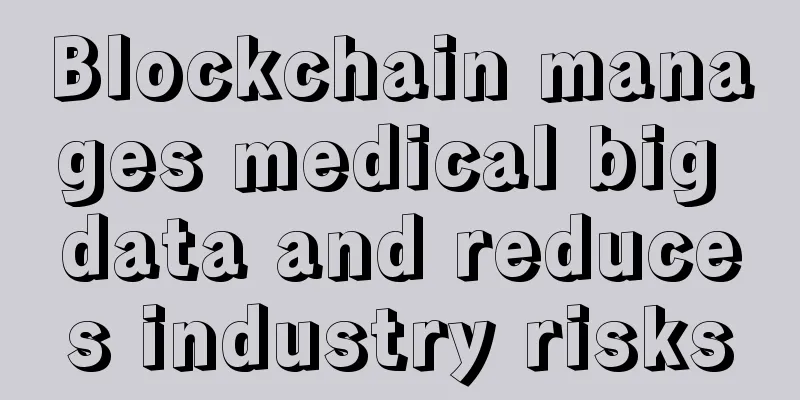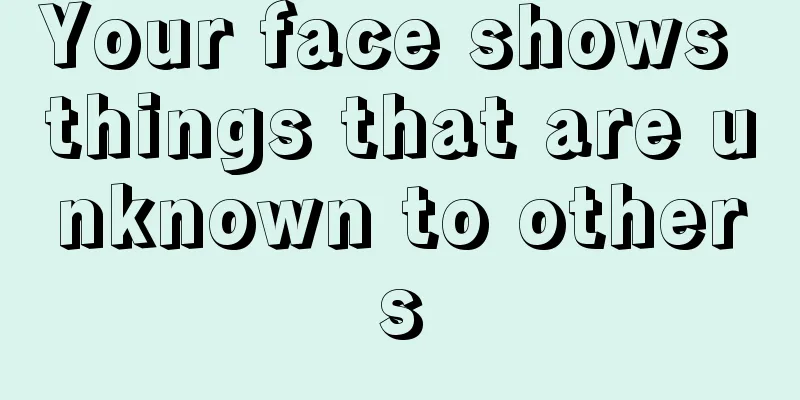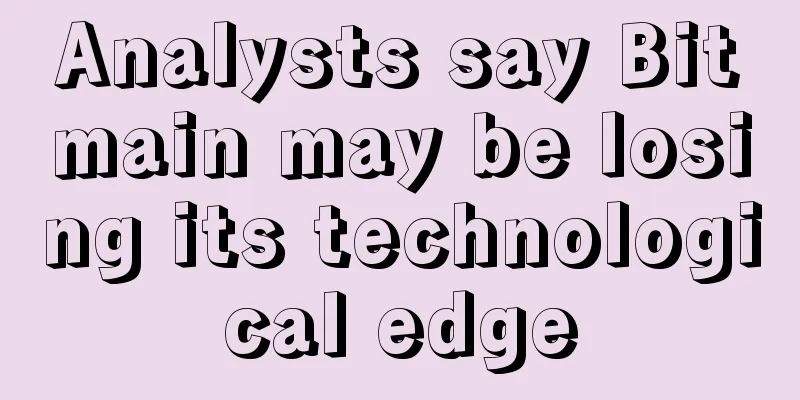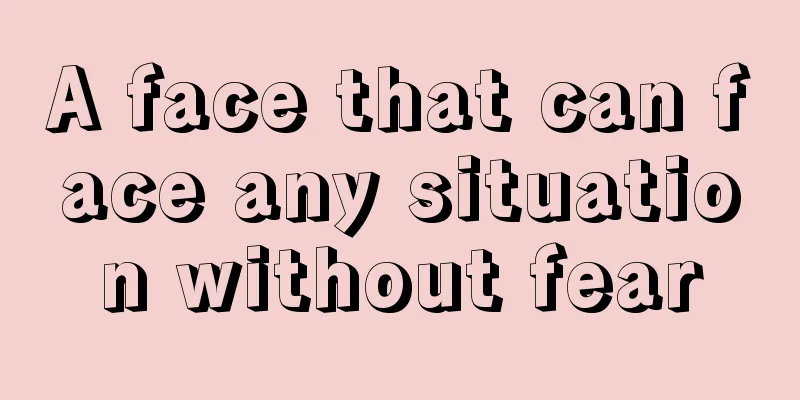Blockchain manages medical big data and reduces industry risks

Blockchain and healthcareBlockchain is essentially an organizational structure that allows transactions to be verified and recorded under the agreement of all parties involved. Blockchain is very popular in Bitcoin transactions and it is also an authoritative ledger that records all transactions and events. This is different from the way medical information is currently traded. While our current data systems keep the ledger in a centralized location, blockchain requires each participant (node) to maintain a copy of the record. Any changes are compared with all nodes before being passed. Therefore, blockchain has stronger security and less possibility of unauthorized changes. What blockchain means for healthcareThe healthcare industry currently suffers from massive data quality issues — these issues can come from doctor or clinician errors, hacker attacks, or the failure of the same electronic health record (EHR) to be updated because it was edited at the same time. Regardless, medical records are far from being completely trusted. In addition, we are also plagued by the problem of multiple vendors holding different versions of the same patient record without checking with each other, putting patients at risk of side effects that may cause physical, mental and financial harm. Blockchain technology helps correct all these problems because no single entity will be responsible for the data, but at the same time all parties are responsible for maintaining data security and integrity. This approach provides a single source of truth for healthcare, making the system no longer subject to human error or manual data reconciliation. This is similar to the approach taken by some information exchanges, but the key difference is verification. The information exchange is still solely responsible for the quality of the patient record, and patients and providers can only choose to trust the records presented to them. However, advancing a blockchain solution is not an easy task, in large part because no one is sure how to apply blockchain to the healthcare industry or how to get around regulations such as HIPAA. However, some companies, such as Gem, Factom and GuardTime, are bringing blockchain infrastructure to the healthcare industry. Gem is working with Philips Healthcare to create the Philips Blockchain Lab, which is dedicated to finding answers to many questions surrounding the concept of blockchain technology in the healthcare industry. |
<<: Dash Budget Proposal for April 2016
>>: Ethereum Falls Out of Favor, Chinese Investors Prefer Litecoin
Recommend
Wrist line to see fortune
The wrist line, also known as the wrist-neck line...
What are the facial features of good fortune? Thick lips
When it comes to wealth, everyone is very positiv...
Is it true that women with the "川" palm are too smart?
Some people may have heard that women with a "...
Four aspects that are good for your career
Broad forehead: A man with a broad forehead has a...
How to calculate personal fortune at the forehead
How to calculate personal fortune at the forehead...
Should you participate? What you can’t see behind the tokenization of computing power BTCST
A new project called BTCST has been launched on B...
What are the facial features of a stingy, selfish and miserly man?
Everyone is special. Most men are lustful. Some m...
What do the different starting points and ending points on the career line represent?
The career line represents responsibility and obl...
What does birthmarks on the face mean for fortune telling?
The birthmarks on our bodies are marks left when ...
How to judge a good wife
Women with sufficient kidney energy give birth to...
Is it good for a woman with thick eyebrows? How is her fortune?
What is the personality of a woman with thick eye...
Is it true that people with round faces are more likely to offend villains? They are more likely to care about things.
It is best not to offend villains, but even if so...
People with what kind of face have a hard time finding a stable love relationship
Everyone hopes that their love can be long-lastin...
What does the M pattern on the palm mean?
There are many different lines in the palm, and t...
Analysis of the facial features of cute women
Although many people like cute people, in reality...









